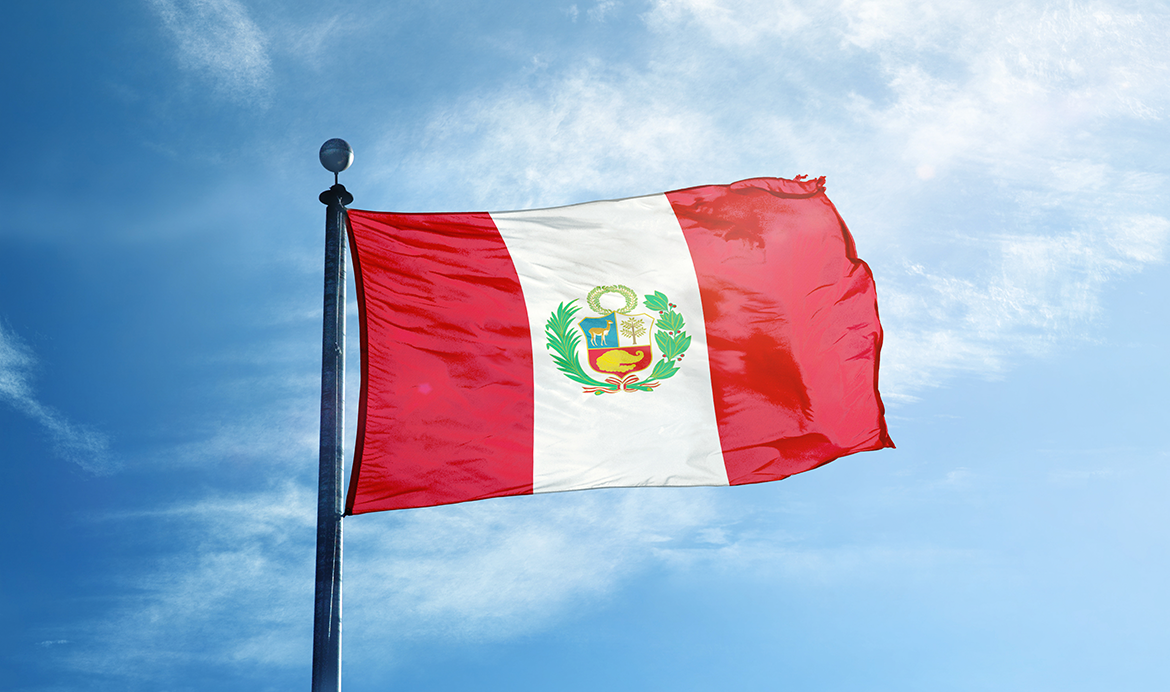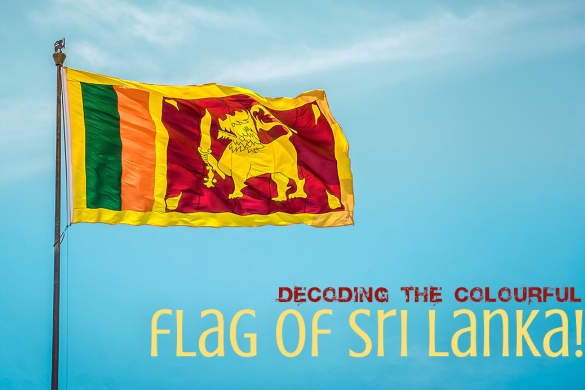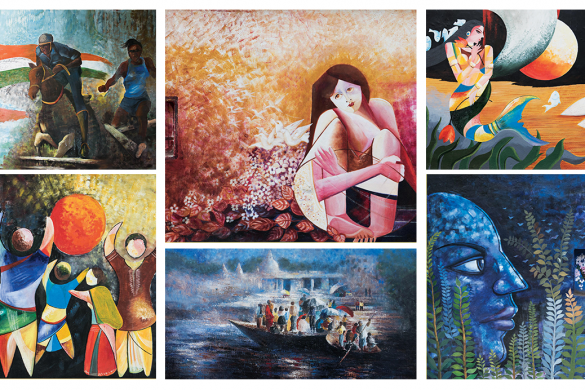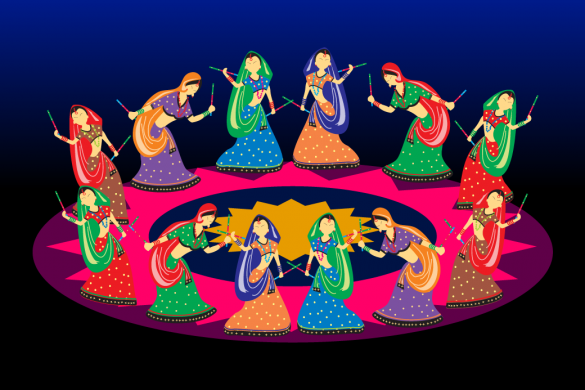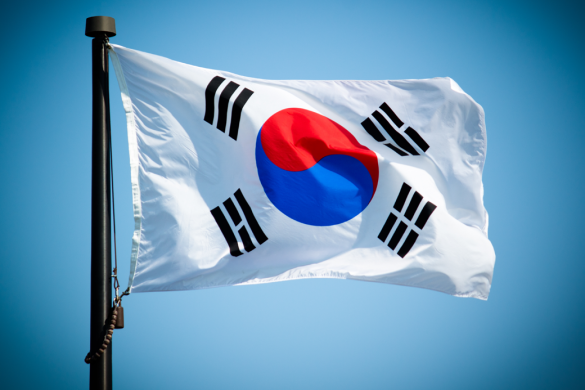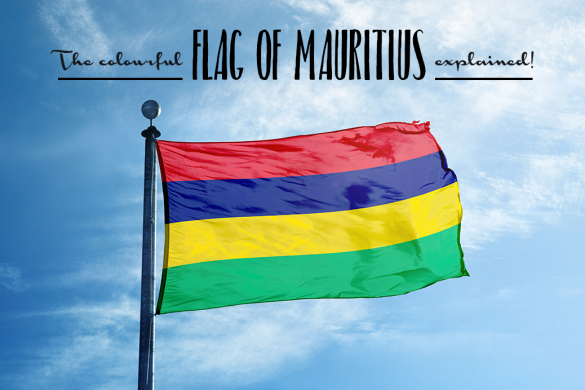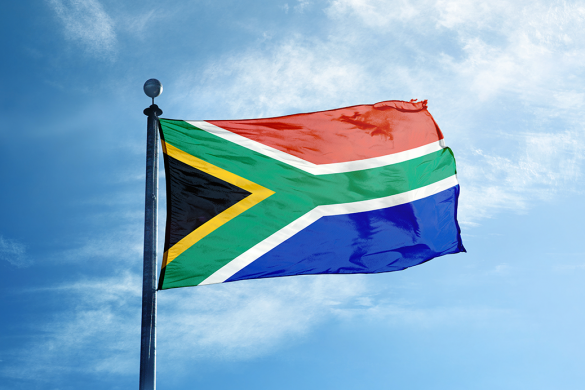We took you through the fascinating history and facts about the colourful flag of Bhutan in our previous edition. As promised last time, this time we are back with another interesting story about the colourful flag of Peru! Read on…
On July 28, 1821, the great South American liberator José de San Martín declared Peru independent from the Spanish colonial rule. During that time, the Republic of Peru was using a flag that was introduced by San Martín in October 1820. The flag was quartered diagonally and formed four triangles, with the upper and lower sections coloured white and the lateral sections coloured red. The flag featured a crest at its center that depicted a sun rising up behind three snow-capped mountains.
According to a Peruvian writer Abraham Valdelomar, San Martín chose the colours red and white after seeing parihuanas – flamingos with red wings and white chests along the southern coast of Peru. A more realistic reasoning behind the colour choice is that it was inspired from the previous flag of the Viceroyalty of Peru (the Spanish Cross of Burgundy) featuring a red saltire or a diagonal cross on a white background.
In 1824, the government of Peru adopted the flag of Peru. It was a vertical triband with red outer bands and a white band in the middle. At present, it is replaced with different emblems and names depending on its usage. Flag day is celebrated in Peru on June 7th, the anniversary of the Battle of Africa.
The coat of arms was designed by José Gregorio Paredes and is in the central band; the coat of arms pictures a shield that includes vicuña, which is a relative of the llama and alpaca, the quina or cinchona tree, which is the national tree of Peru and also the source of quinine, an anti-malarial drug, and a cornucopia of gold, and a green laurel wreath and branches with red berries and ribbons. Today’s flag of Peru either includes the coat of arms or not, depending on the usage.
Red in the flag represents the blood that was spilled while fighting for freedom and white represents bravery and peace.
Isn’t the symbolism and story associated with the colourful flag of Peru interesting? We hope you found this blog informative!
We will be back with a colourful flag of another fascinating place next month in our Colour and Culture series! Stay tuned…
